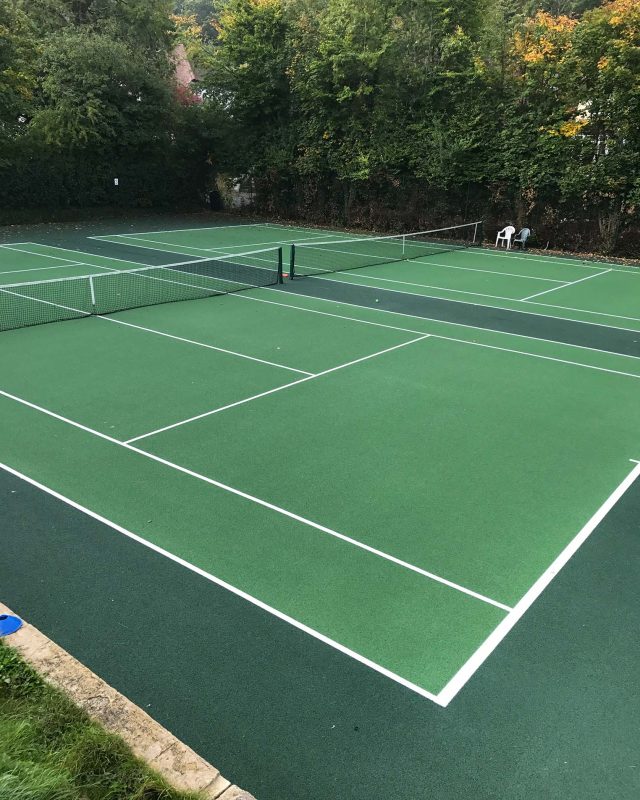The Rise of Wheelchair Tennis
The 2016 Paralympic Games will soon be taking place, and it promises to be an incredibly inspiring event with some of the world’s most impressive athletes looking to bring home the medals for their country. One of the most popular paralympic sports – and one with a particularly rich history – is wheelchair tennis. The sport has seen substantial growth over the years, so we thought we’d take a closer look at its history and development.History of wheelchair tennis
Wheelchair tennis made its debut as a demonstration event in the 1988 Seoul Paralympic Games and became a full medal event four years later when the Games went to Barcelona. The sport was developed in the USA during the late 1970s and quickly took hold, with athletes from Europe competing in American tournaments and taking a passion for the sport back home with them. By the time it became a fixture of the Paralympic Games, wheelchair tennis was already affiliated with both the US and French Open, and would later go on to be a part of every Grand Slam tournament. Wheelchair tennis has seen a steady, constant growth since its Paralympic Games debut and continues to grow today, with Wimbledon 2016 being the first year that men’s and women’s singles tournaments took place at the Championships. The sport has seen more attention than ever: televised events are bringing in more and more viewers, and the prize money of tournaments has been steadily rising, too. Wheelchair tennis athletes are gradually becoming better recognised alongside able-bodied tennis superstars, and while you may not be as familiar with Gordon Reid as you are with Roger Federer, the gap between the two sports is certainly shortening.Features of the sport
Wheelchair tennis takes much from able-bodied tennis; court, ball and racket sizes are unchanged as is the scoring system. However, there are some key differences which set wheelchair tennis apart and greatly influence the pace and feel of the game. Wheelchairs – The wheelchairs used by the athletes are fully customised to each player’s specifications and requirements. The chairs are lightweight, generally made of aluminium or titanium, and are highly maneuverable to meet the demands of the game. Rules – For the most part, the rules of wheelchair tennis are the same as able-bodied tennis, save for one difference: the ball is allowed to bounce twice before being returned. Classification – There are six total divisions of wheelchair tennis and these are determined by impairment. Athletes can compete in:- men’s and women’s singles
- men’s and women’s doubles
- quad singles
- quad doubles
